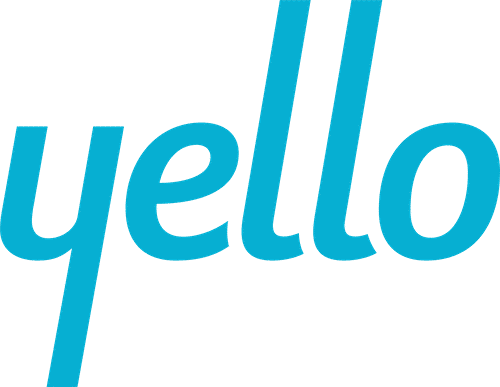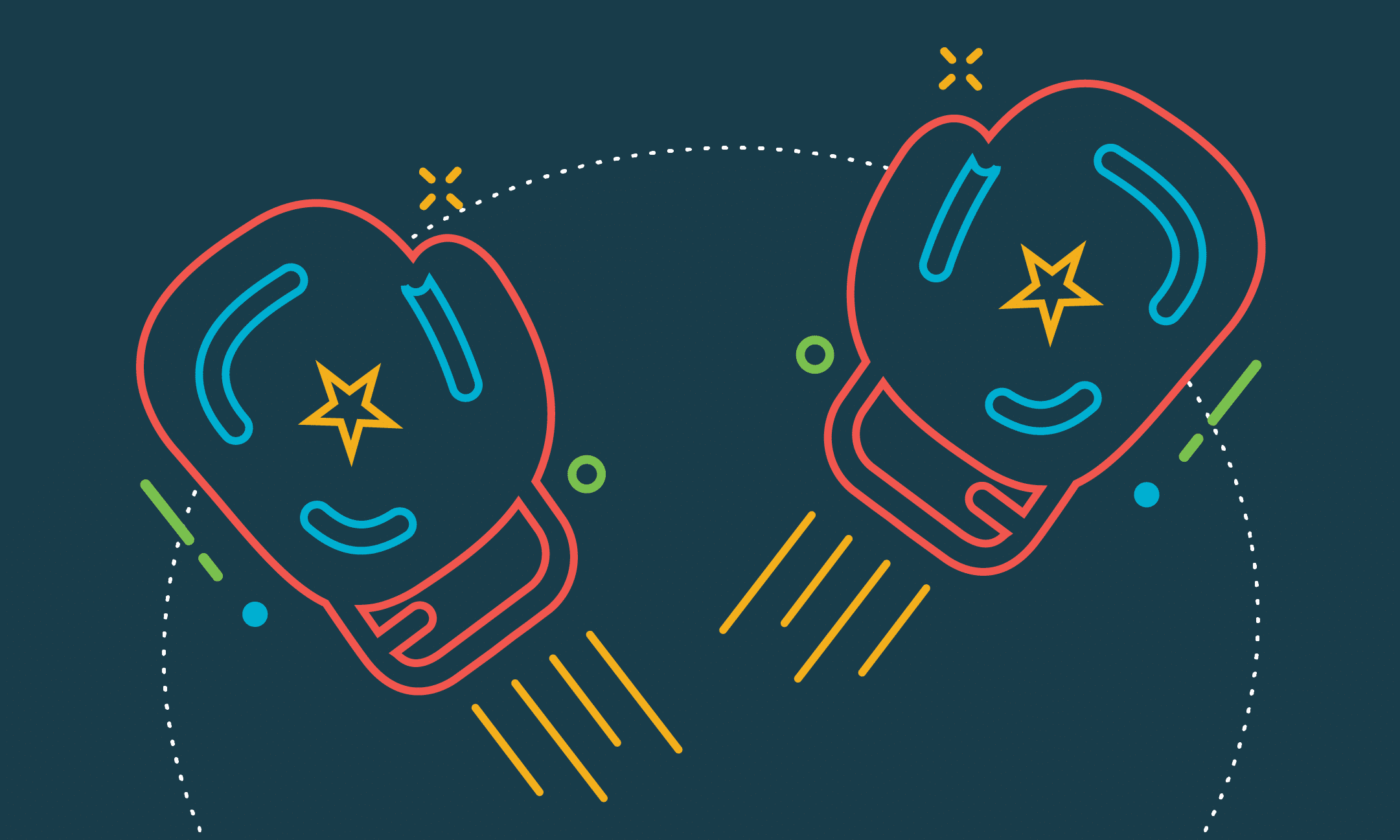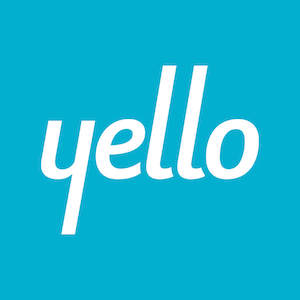Employee referral programs are one of the fastest and most successful recruitment tools in the HR toolkit. The numbers tell the story: employee referrals lower time-to-hire and recruitment costs while boosting candidate quality. If you’re not using internal referrals, you’re working harder, not smarter.
Here’s the good news: employees want to refer their friends to your organization. Who doesn’t want a ready-made work buddy and a great referral perk or two? The challenge is to motivate your employees to participate in your employee referral program with the right incentives.
In front-facing industries and tech, for example, turnover can reach up to 60% per year. With that level of attrition, an internal referral program is an important component of your overall recruitment strategy. If you don’t have one in place, you can create one from the bottom up, or turn to the experts to build a successful employee referral program.
Making your referral program a vital part of your hiring strategy requires keeping the program front and center. And a great way to do that is to spark a little healthy competition. Here’s how:
Make your referral program fun
Gamifying your employee referral program is a great way to get team members involved in the hiring process. If you’re able, the game could be hosted online — but it doesn’t have to be. Create a name for your referral game that generates buzz, like “The Great XYZ Co. Referral-Off,” “Referral Pursuit” or “Referral Madness.”
When you announce the game, outline the rules: where/how to refer candidates; what milestones a new hire will have to achieve to earn cash incentives, and when the game begins and ends (if it does). Whether the program is online or in-house, post widely in communal channels to build excitement. When staffers see their colleagues are in on the game, they’ll want to play too.
PRO TIP: Create a name that generates buzz, like “The Great XYZ Co. Referral-Off,” “Referral Pursuit” or “Referral Madness.”
Appeal to their competitive edge
Everyone wants to see their name at the top of a leaderboard, no matter what the game. Creating a friendly competition can spark interest even from employees who aren’t typically joiners. The race is on!
If you can anticipate hiring peaks, start well in advance. For short-term hiring needs, make it a limited competition. For year-round hiring, you’ll want an ongoing program, but there’s no reason you can’t combine the two.
For peak recruiting times, like holiday seasonal hiring, start months before the season begins. Let your teammates know what kind of employees you’re looking to hire, and how many. Communicate when the competition will begin, what referrers will receive, how long it will last and what the referral champion will receive.
You can offer different rewards for referrals that convert to interviews; interviews that convert to hires; hires that meet milestones or any step along the process. For holiday-season hires, your highest referral payment should be for referred hires that made it through the close of the season. For non-seasonal hires, set milestone referral bonuses quarterly or at the 6-month and 1-year range.
The most important aspect of a friendly office competition is the competition itself. Prominently communicate and display who’s in the lead and what milestones they’ve earned. For seasonal retail workers, a leaderboard could show employee names and gift images for referrals and milestones. For tech workers, upgrades to their name might be fun: John becomes John 2.0; John 3.0, etc. If you’re able to host your referral program on an online platform, make sure it sends out routine leaderboard updates, so that even those not participating can see the results.
Communication is key
Even the best employee referral program is worthless if no one knows it’s there. Communicate constantly and enthusiastically about how your referral process is structured, highlight any monetary rewards included, and offer resources for employees to improve their chances of earning a referral bonus. Provide sample social media posts, company culture talking points, and new job openings.
Put together internal marketing materials to announce a ‘referrer of the day/week/month.’ Showcase team members who have met significant goals and made an impact on referral pipeline. Want to go even bigger? Send HR to the employee’s workspace with balloons (so inexpensive at your local dollar store) and make the announcements in person.
Whenever there’s an opening, go to your current employees first — before you start advertising on job boards or other channels. Give them a week or so to submit referral candidates and see what they can bring in.
If you’re recruiting temporary staff during peak times, communicate the need for speed: referrals should come in quickly and rewards should be given just as fast to keep the train rolling.
PRO TIP: Want to make a splash in your workspace? Reward high-referring employees with a balloon bouquet at their desk.
Offer the right benefits
What perks should companies offer their referral superstars? Ask your staff: they know best what will generate interest. For some, it’s time off with pay, for others, a cash reward, still others want gifts and swag. Be flexible – what works for some won’t work for others, so be as varied in rewards offerings as you can.
A friendly referral competition can do more than bring in candidates for potential hires. It can turn employees into brand ambassadors for your organization, boosting your employer brand long-term and improve your candidate sourcing efforts. Leverage your team members’ competitive edge to make your employee referral program a success.



